Wright Morris Bücher
Wright Marion Morris war ein amerikanischer Romanautor, Fotograf und Essayist, der für seine einzigartigen Darstellungen der Menschen und Artefakte der Great Plains in Wort und Bild sowie für seine experimentellen Erzählformen bekannt ist. Morris' Werk fängt meisterhaft den Geist und die Landschaft des amerikanischen Mittleren Westens ein und befasst sich mit Themen wie Identität, Erinnerung und der Verbindung des Menschen zum Land mit tiefgründiger Tiefe. Seine unverwechselbare Methode, literarisches Können mit visueller Beobachtung zu verbinden, bietet den Lesern eine reiche und vielschichtige Perspektive auf sein gewähltes Umfeld.
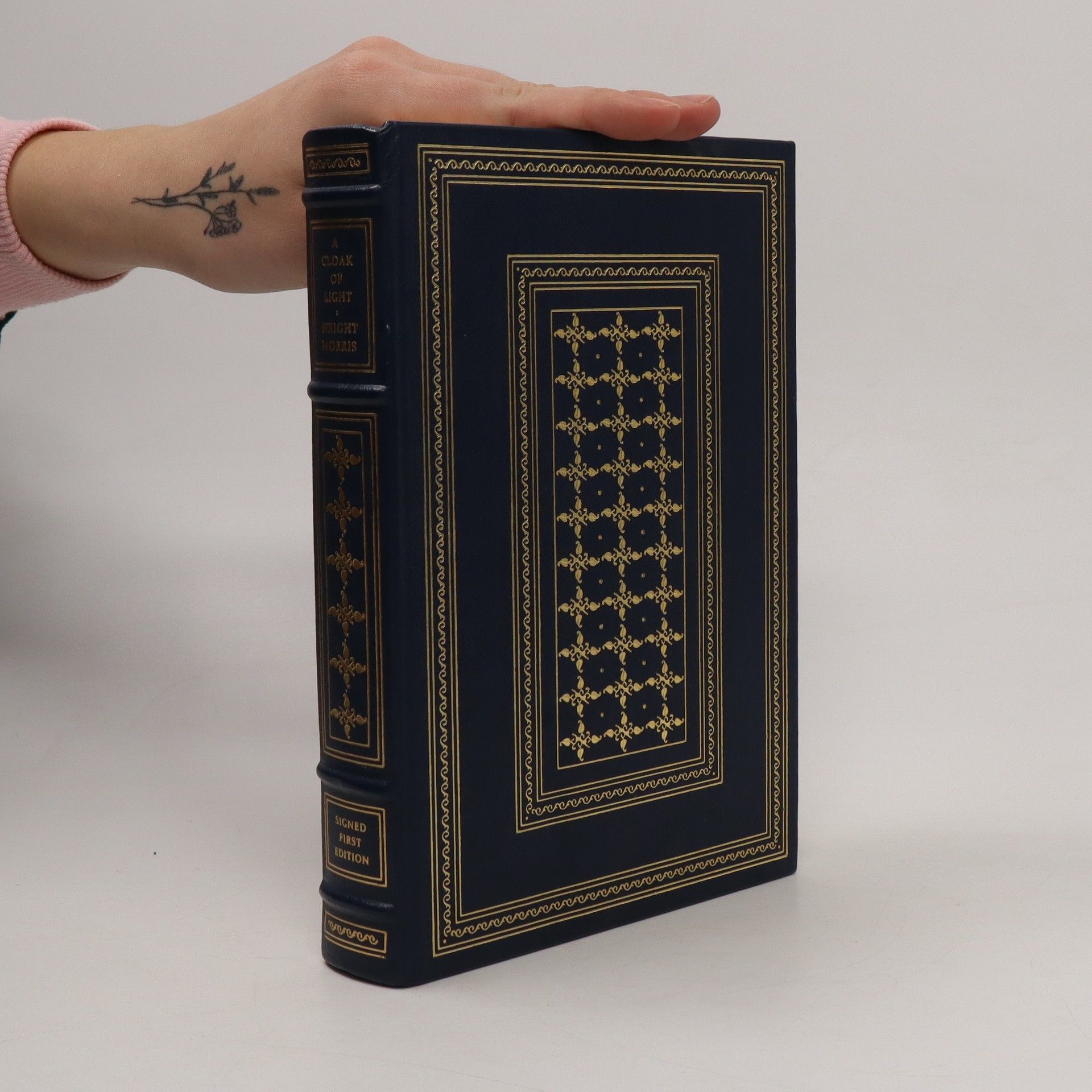
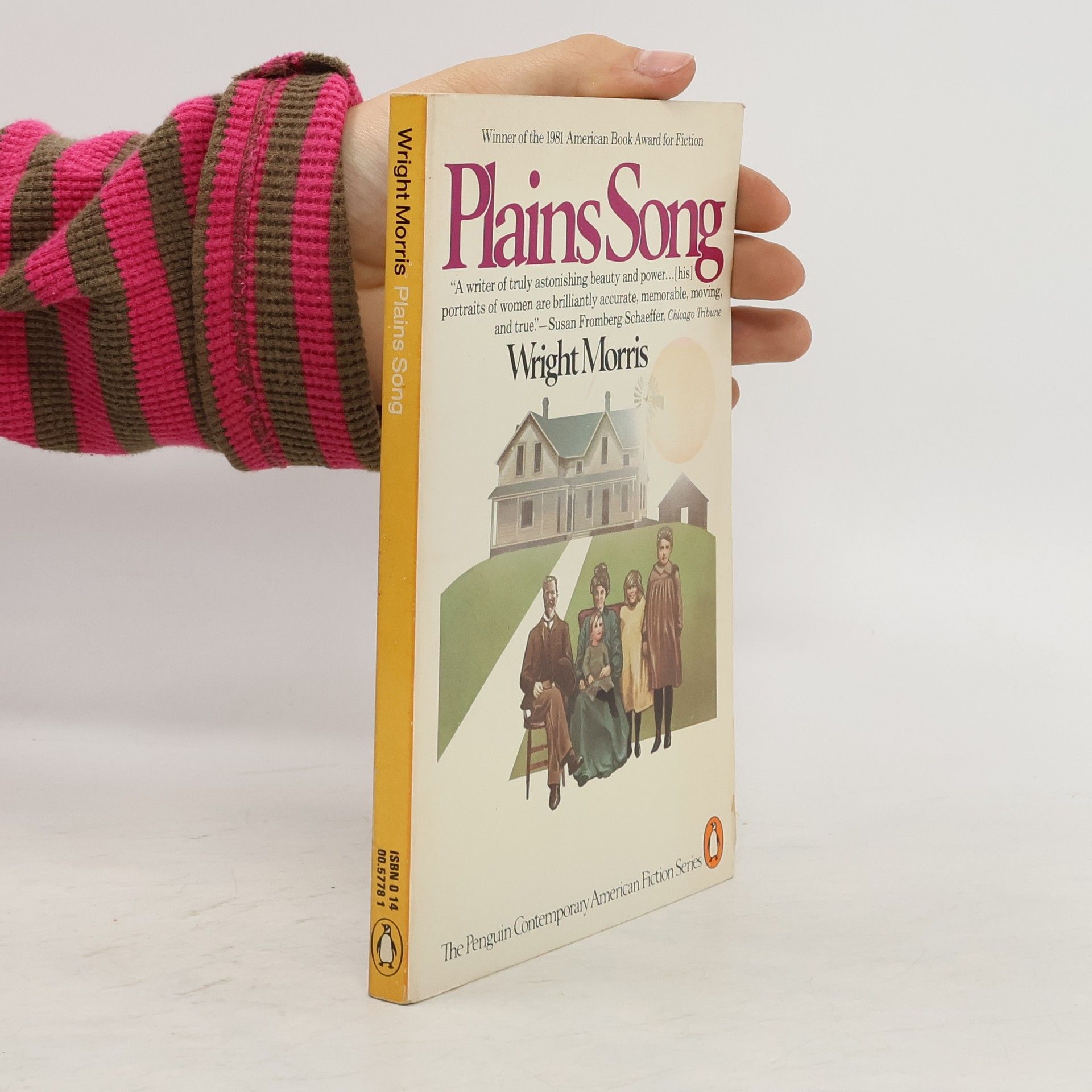
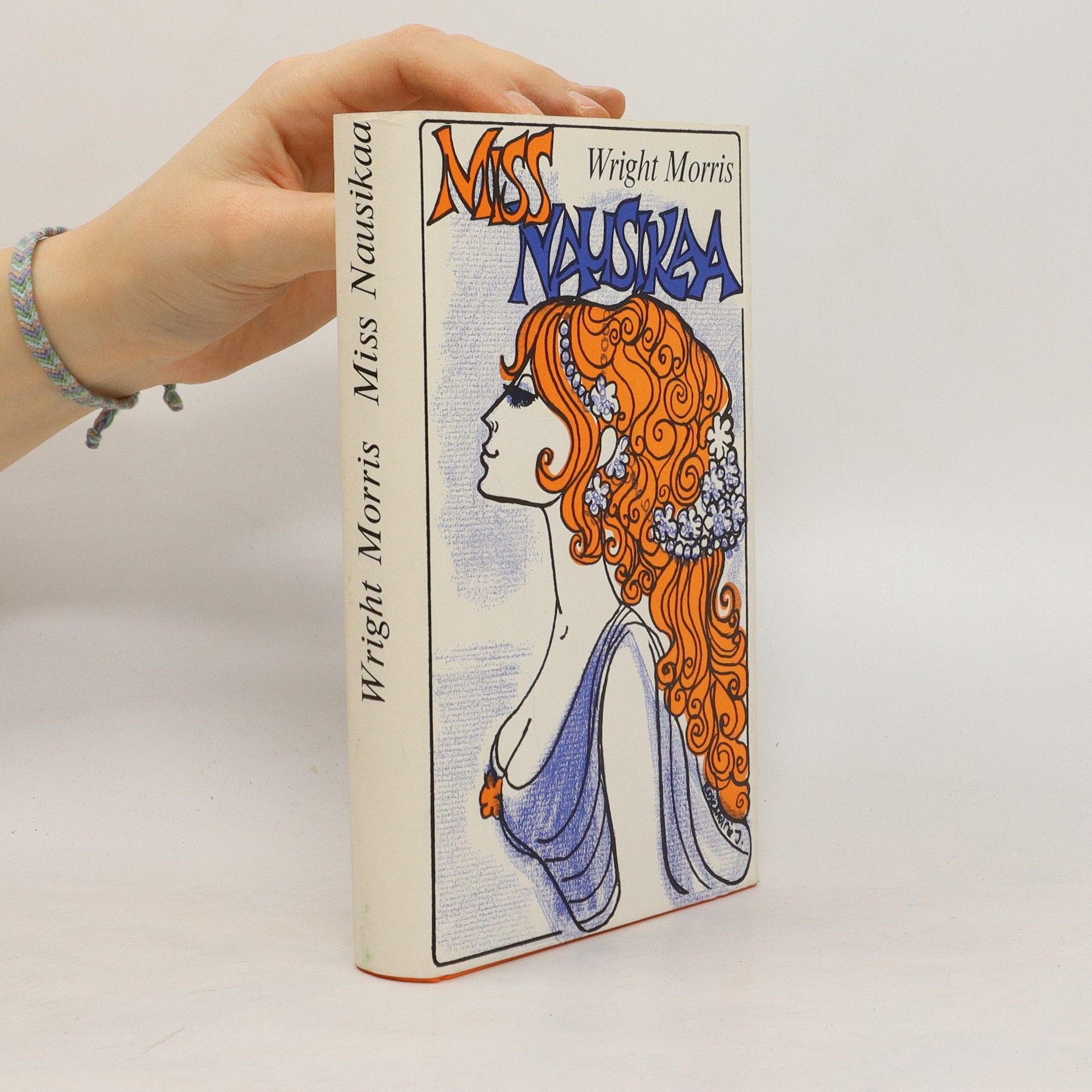
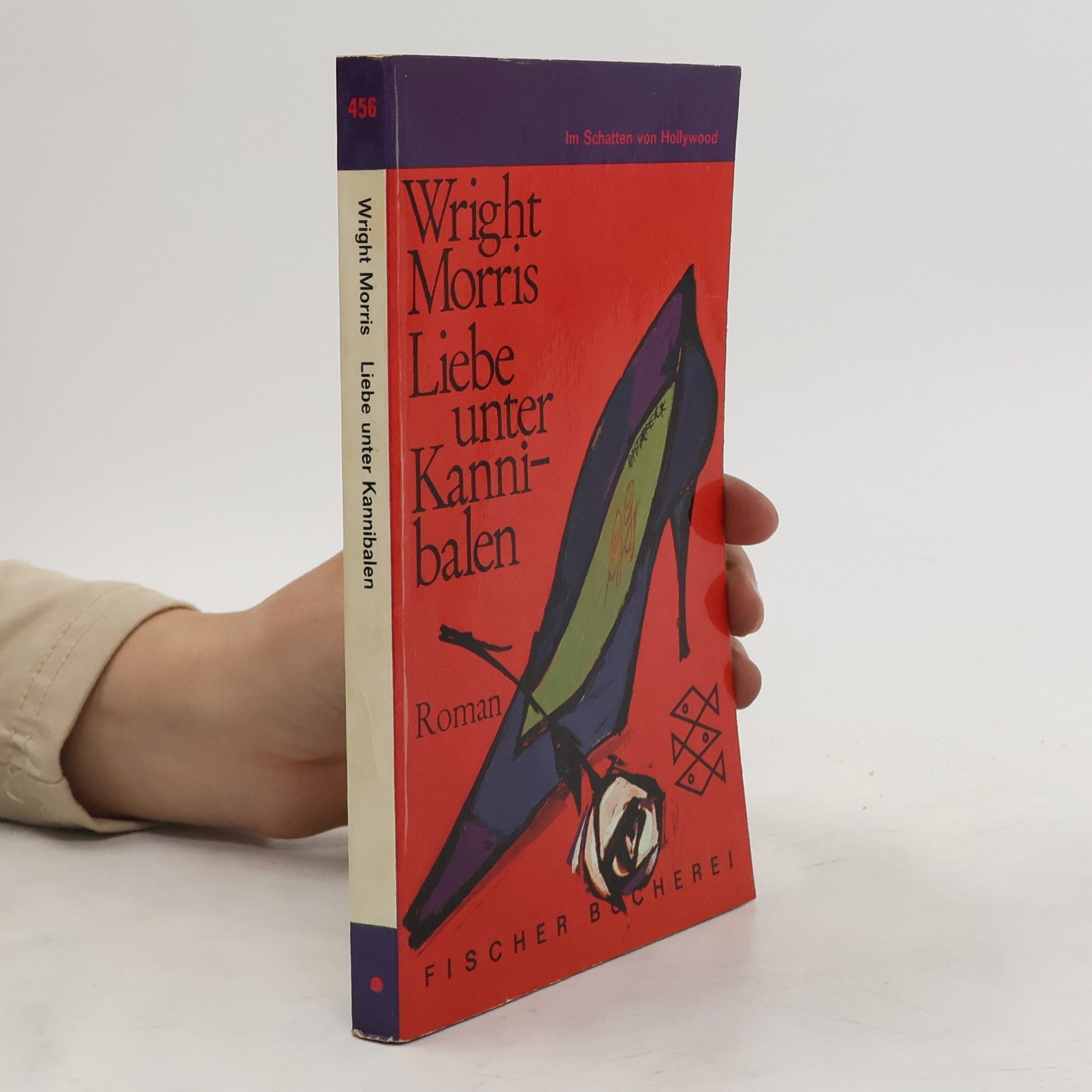
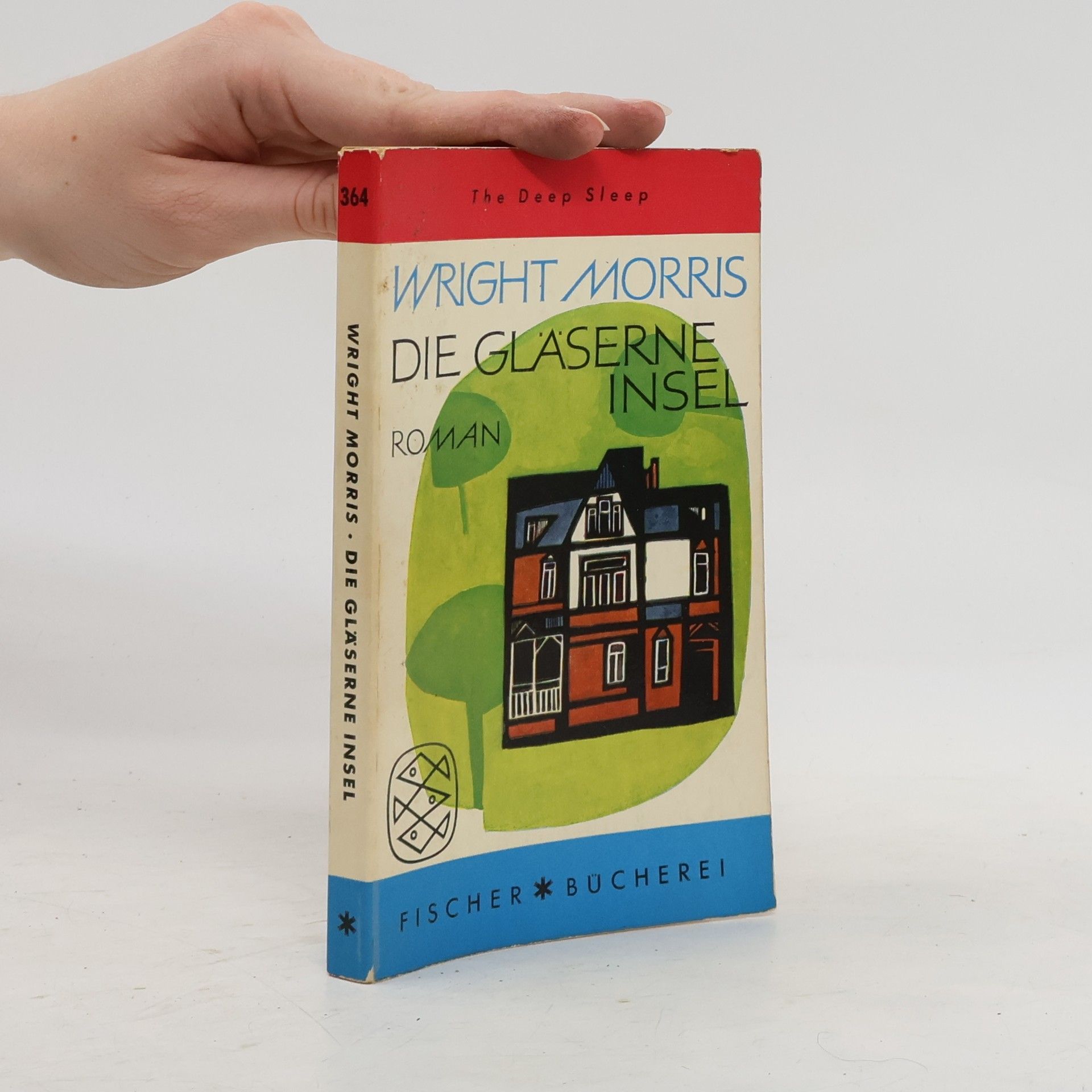
Plains Song
- 229 Seiten
- 9 Lesestunden
Wright Morris (1910-1998) wrote thirty-three books, including The Home Place, also available in a Bison Books edition, and Field of Vision, which won the National Book Award. Charles Baxter is a professor of English at the University of Michigan and the author of numerous works, including The Feast of Love.
Brand NEW condition copy with no defects! Franklin Center Franklin Library. 1985. Leatherbound. Illustrated by Wright Morris (illustrator). LIMITED Signed First Edition Society series.